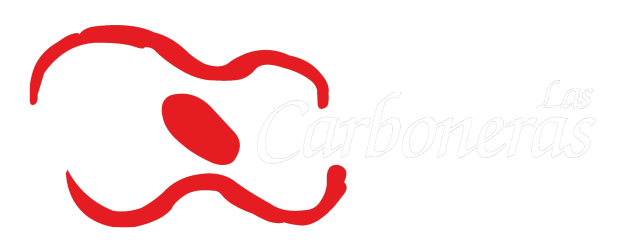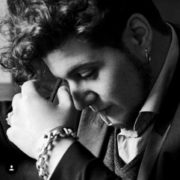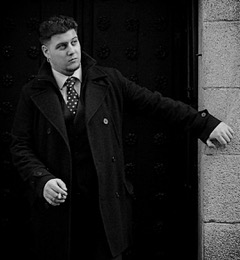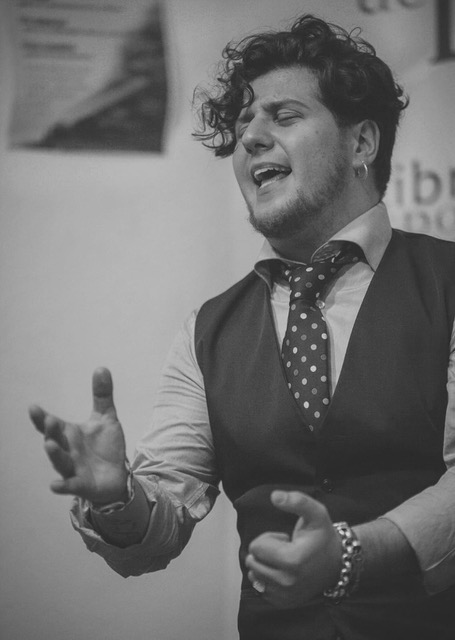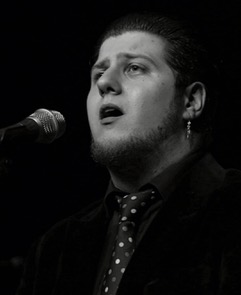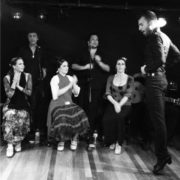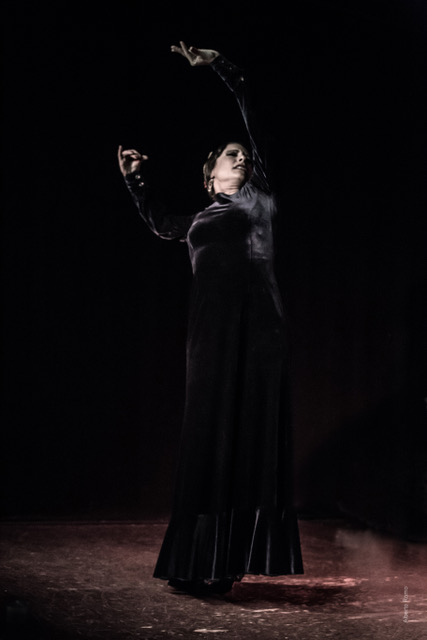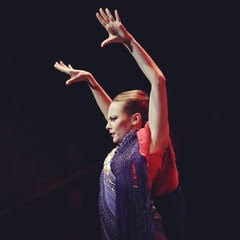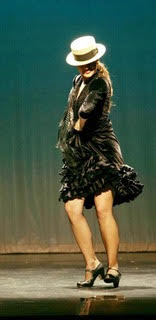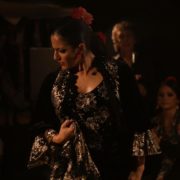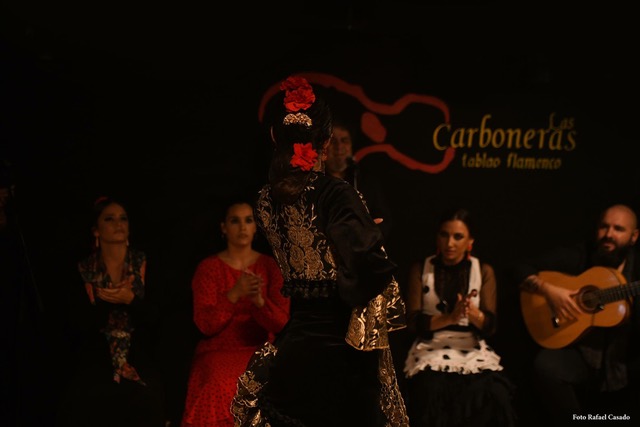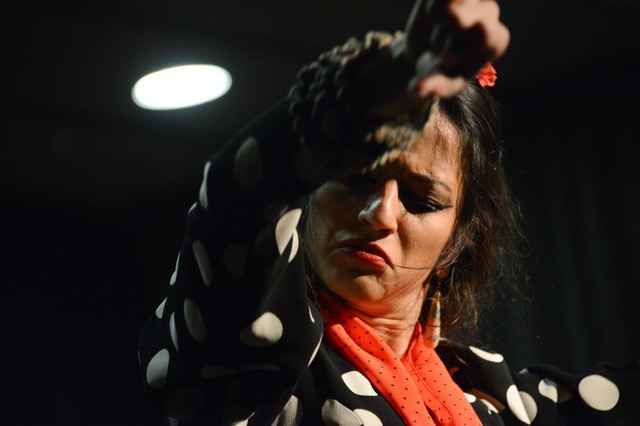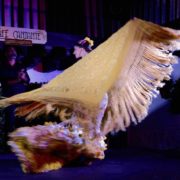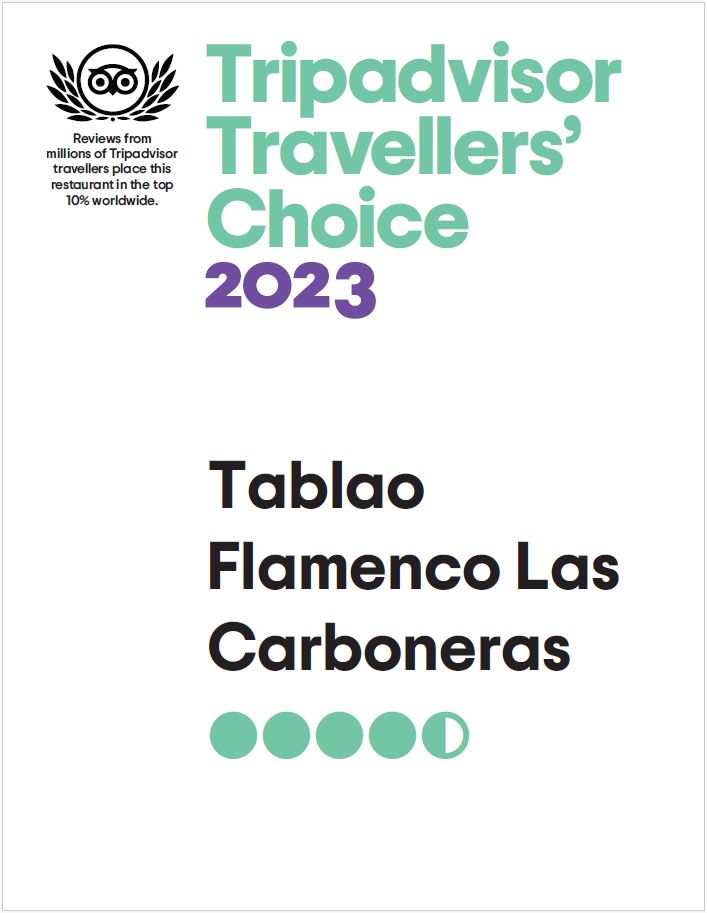José Carmona “Rapico”
Born in Palma de Mallorca, he believes in dancing as his best way of expressing himself. Since he was a baby, his grandmother made him sleep singing him por soleá, so his love of flamenco was born from the cradle. At three years old he steps on his first stage.
In 1993, when he was only four years old, he began his training at the hands of
Amapola in Palma de Mallorca. In 1996, at age 7, she trained in classical ballet, Spanish dance and flamenco with professors José Luis Ponce y Concha del Mar, making her first appearances on stage with the show “Bodas de sangre”.
His teachers have been artists of the caliber of Antonio Canales, Farruquito, José Maya or Alfonso Losa. He also trained with dancers Pedro Córdoba, David Paniagua, Nino de los Reyes, Antonio Reyes, Kélian Jiménez, Manuela Carrasco, or with maestro Manolete.
From 2001 to 2008 he moved to Granada to broaden his career and made his debut as part of the flamenco group of the Cueva de Los Tarantos and toured other tablaos, clubs and theaters in the province. In the tablao La Reina Mora he will be the first dancer with one of his great masters: Luis de Luis.

2018: Danced in Fest Flamenco Bozar Brussels.
2018: Bailaor soloist on tour with Las Minas Puerto Flamenco, presenting “Errante” at CBA in Madrid and Puerto Adriano in his hometown.
2016/17/18: Participates as a protagonist in the Flamenco Festival Corral de la Morería.
2016: Solo artist at the El Pozo Flamenco Festival in Madrid.
2016: Festival Flamencos y Mestizos in Sala Berlanga in Madrid, sharing the stage with La Negra.
His restless personality leads him to have behind him the assembly of several own shows:
2019: His latest creation has been “Rapikeando” premiered at the Teatro Real in Madrid.
2016: “Errante“, represented in the Flamenco Festival of Torrelodones and Círculo de Bellas Artes of Madrid within the Las Minas Flamenco Tour Festival. He appears in that show as a new figure of flamenco, sponsored by Carmen Linares and Juan Valderrama Jr.
2012: “Con nuestro soniquete”, premiered in the Parque de Mar.
2011: “Libre”, represented in Granada, Almería and Casa Blanca (Morocco).
2011: “Sueño de un bailaor”, premiered at the Auditorium of Palma de Mallorca.
2017: Collaborates with the singer Israel Fernández in the Young Flamenco Festival of the Conde Duque of Madrid, sharing the stage with José del Tomate and Nazaret Reyes.
2017: He is invited by Josemi Carmona to participate in the flamenco nights of the Hotel Destino with Mónica Fernández in Ibiza.
2017: Invited to participate in Tribute to Camarón de la Isla in Madrid.
2017/2016: Collaborates as a guest artist of Belén López in the Corral de la Morería and Casa Patas (2015).
2017: Participate in the flashmob created by the Farruco brothers in Puerta del Sol in Madrid to promote “Tr3s Flamenco”.
2017: Collaborates with Pablo Rubén Maldonado in the show “Flamenco en el BackStage” with the singer Ismael de la Rosa, “Bolita”.
2016: He participates with his dance in the tour to present the album of guitarist Amós Lora in Conde Duque.
2015: In the Tablao Casa Patas he dances for the guitar master Tomatito.
2014: He is part of the company of Tito Losada and travels to Japan. He will visit 18 different cities as a solo artist.
2013: He visits the festival of Marseille (France) forming part of the cast of artists with Gabriel de la Tomasa, Nino de los Reyes, Olga Llorente, “El Trini¨, etc.
He shares stage in the city of Helsinki (Finland) with guitarist Antonio Rey.
Visits Hungary as part of Gerardo Núñez’s company, collaborating with artists such as Carmen Cortés and Kélian Jiménez.
2012: Travels Mexico and Germany with the Promesa Flamenca company, visiting the Teatro Degollado.
Visits the tablao Palacio del Flamenco in Barcelona and together with Karime Amaya is part of the group.
2009: Shares poster with Montse Cortés, José Maya, Pepe Luis Carmona, Pepe Habichuela.
Collaborates with Pitingo in the White Night in the city of Córdoba.
Throughout his professional career he has worked for the more important tablaos of Madrid, such as El Corral de la Morería, Villa Rosa, Cardamom, Casa Patas, Corral de la Pacheca, Los Porches and Candela, in which in 2013 they awarded him the prize to the best bailaor together with the dancer Paloma Fantova. And Tablao Las Carboneras.
In 2018 he danced in the tablaos El Cordobés and Los Tarantos de Barcelona.

